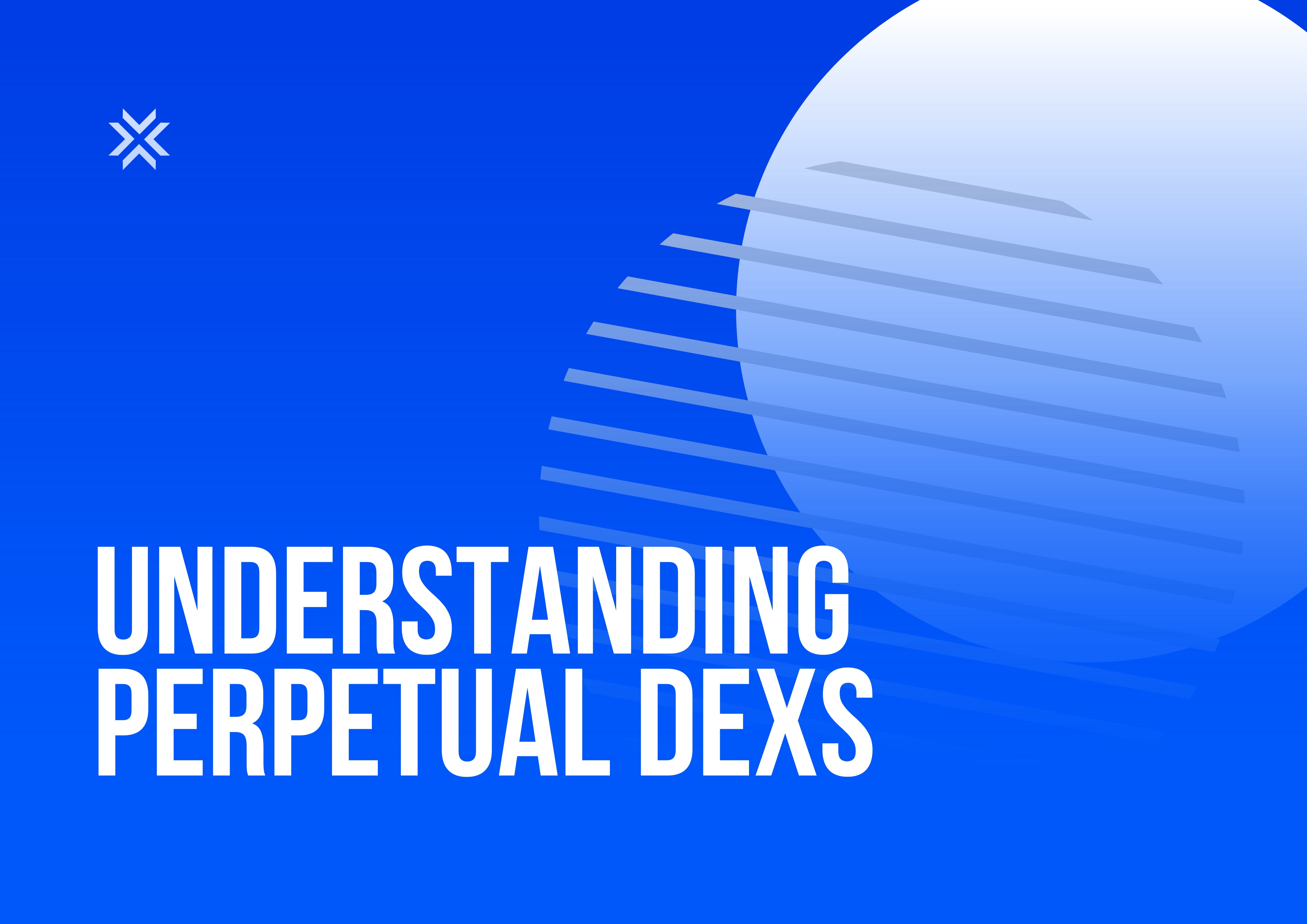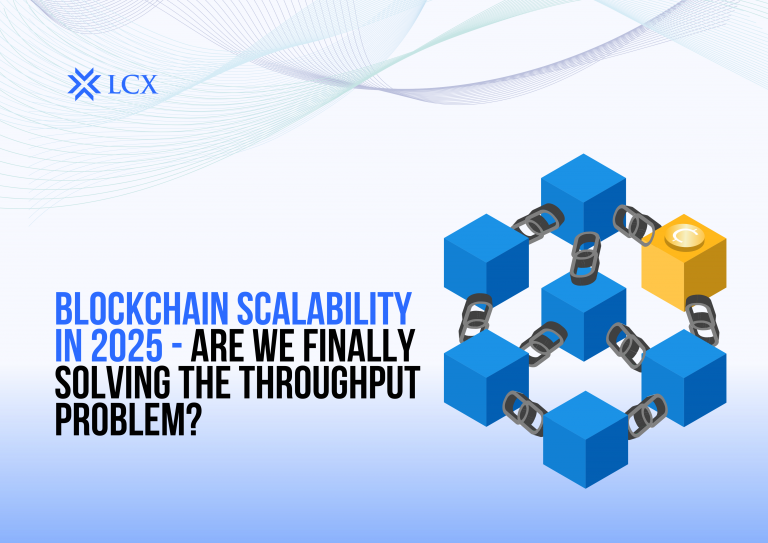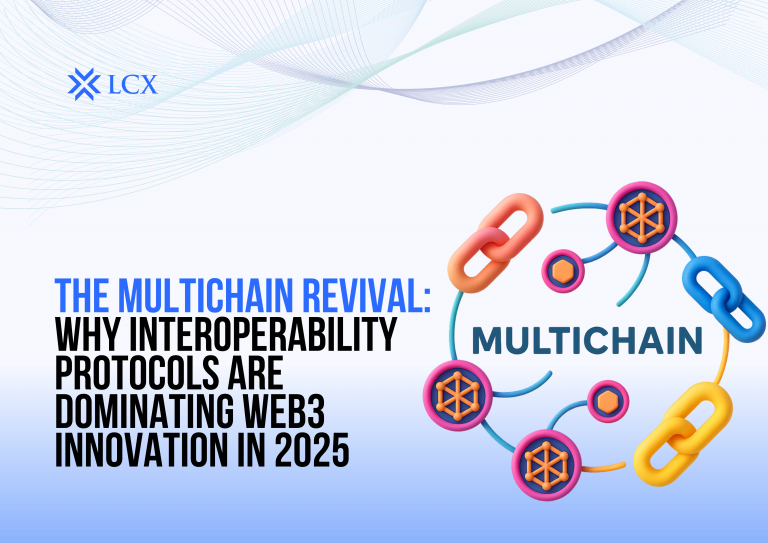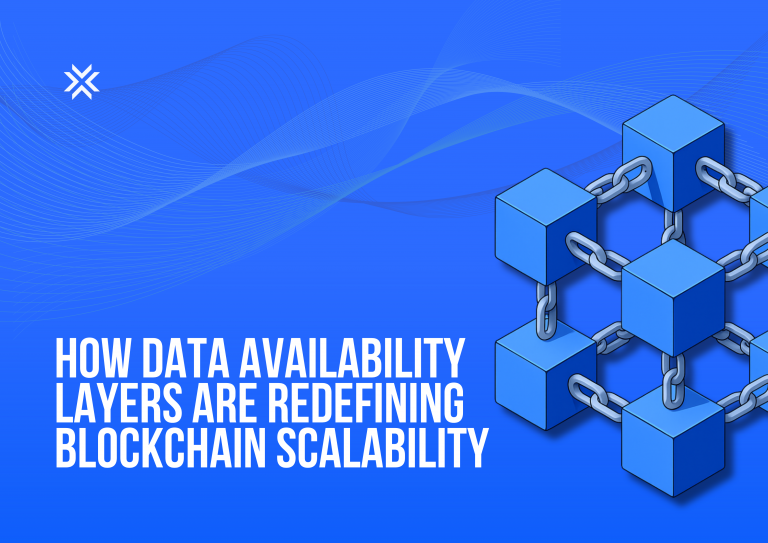In the rapidly evolving world of decentralized finance (DeFi), perpetual decentralized exchanges (Perp DEXs) have emerged as one of the most innovative trading mechanisms. They combine the flexibility of traditional futures trading with the transparency and autonomy of blockchain technology. Unlike spot exchanges, where assets are bought and sold instantly, Perp DEXs allow traders to speculate on the price movements of cryptocurrencies without owning the underlying asset.
What Are Perpetual DEXs?
A Perpetual DEX is a decentralized exchange that enables perpetual futures trading — a type of derivative contract with no expiry date. Traders can open long or short positions using leverage, meaning they can amplify potential gains (and losses) based on borrowed funds. The absence of expiry dates means positions can be held indefinitely, provided the trader maintains sufficient margin.
Unlike centralized perpetual exchanges such as Binance Futures or Bybit, Perp DEXs operate entirely on-chain through smart contracts, removing the need for intermediaries. This ensures greater transparency, security, and control for traders over their assets.
How Do Perpetual DEXs Work?
Perp DEXs rely on automated market makers (AMMs) or virtual automated market makers (vAMMs) to determine pricing and provide liquidity. Here’s how they function:
- Smart Contracts handle trade execution, collateral management, and liquidation.
- Funding Rates maintain price parity between the perpetual contract and the spot market. When the contract price is higher than the spot price, long traders pay a funding fee to short traders — and vice versa.
- Leverage Mechanism allows users to open positions much larger than their deposited collateral, typically up to 10x or 20x on decentralized platforms.
- Liquidation System automatically closes positions if the trader’s collateral falls below a certain threshold, protecting the protocol from losses.
This model ensures that Perp DEXs remain self-sustaining without centralized order books or intermediaries.
Key Features of Perpetual DEXs
- Decentralization:
Everything — from trade settlement to funding payments — happens on-chain, giving users full ownership of their funds. - Non-Custodial Trading:
Traders never give up control of their private keys or deposits, reducing the risks of hacks and exchange insolvency. - 24/7 Accessibility:
Anyone with a crypto wallet and internet connection can trade globally without restrictions or KYC barriers. - Cross-Margin and Isolated Margin Options:
Many Perp DEXs support multiple margin modes, allowing better risk management across open positions. - Transparency and Auditability:
All transactions are verifiable on the blockchain, fostering trust and eliminating market manipulation concerns.
Popular Perp DEXs in the Market
Several projects have pioneered perpetual trading on decentralized infrastructure:
- dYdX: One of the earliest and most successful Perp DEXs, known for its order-book-style trading and off-chain matching engine combined with on-chain settlement.
- GMX: A leading AMM-based perpetual DEX using a liquidity pool model and oracle-based pricing for reduced slippage.
- ApolloX and Vertex Protocol: Combining CEX-like trading speed with DeFi transparency, these hybrid models are gaining traction.
- Drift and MUX Protocol: Known for innovative features such as dynamic funding and real yield mechanisms for liquidity providers.
Challenges Faced by Perpetual DEXs
While Perp DEXs have transformed the DeFi landscape, they still face challenges:
- Liquidity Fragmentation: Competing protocols often split liquidity, reducing market depth.
- High Gas Fees: On-chain execution, especially on Ethereum, can make trading costly.
- Complex UX: Managing leverage and funding rates can be daunting for beginners.
- Oracle Dependence: Reliance on external price feeds introduces risk if oracles malfunction or are manipulated.
The Future of Perp DEXs
As blockchain scalability improves and cross-chain integrations deepen, Perp DEXs are expected to rival centralized derivatives markets. Layer-2 solutions like Arbitrum, Optimism, and zkSync are already reducing transaction costs and improving speed. Moreover, new models such as shared liquidity layers and AI-assisted risk management are making these platforms more efficient.
Perp DEXs symbolize a crucial shift — from centralized control to autonomous, transparent, and globally accessible trading ecosystems. In a future where self-custody and decentralization define financial freedom, perpetual DEXs are likely to become the cornerstone of on-chain trading innovation.









